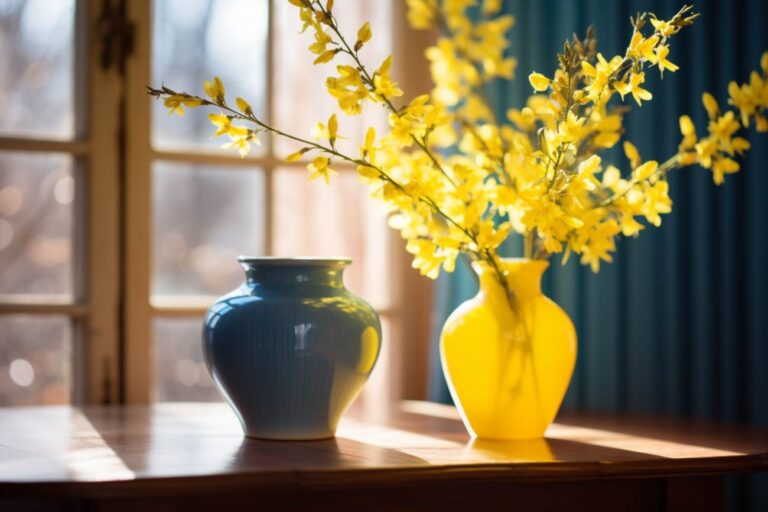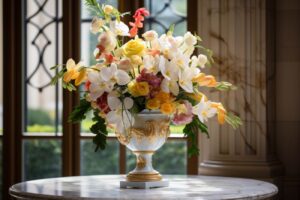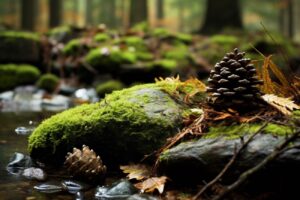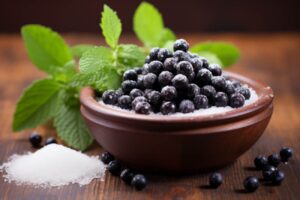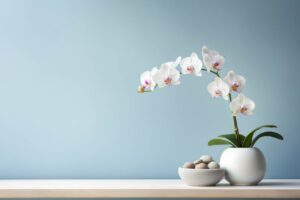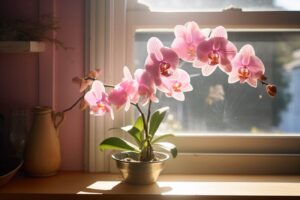Forsythia koreana, known for its vibrant yellow flowers, is a stunning deciduous shrub that heralds the arrival of spring. This article delves into the captivating world of Forsythia koreana, exploring its characteristics, cultivation tips, and the joy it brings to gardens worldwide.
The allure of forsythia koreana
Forsythia koreana, commonly referred to as Korean Forsythia, is celebrated for its eye-catching display of bright yellow blooms. This deciduous shrub belongs to the olive family (Oleaceae) and is native to Korea. Its arching branches are adorned with clusters of bell-shaped flowers that emerge before the leaves, creating a breathtaking visual spectacle in early spring.
Cultivating forsythia koreana
Cultivating Forsythia koreana can be a rewarding experience for garden enthusiasts. Here are some key points to consider:
-
Location: Plant Forsythia koreana in well-drained soil and a spot that receives full sunlight. This shrub thrives in areas with good air circulation.
-
Pruning: Prune Forsythia koreana after flowering to maintain its shape and encourage new growth. Remove any dead or damaged branches to keep the plant healthy.
-
Watering: While established plants are drought-tolerant, it’s essential to water young Forsythia koreana shrubs regularly until they are well-established.
Forsythia koreana varieties
Several varieties of Forsythia koreana are cultivated, each with its unique charm. These varieties may differ in size, flower color, and overall appearance. Some popular cultivars include ‘Kumson,’ known for its variegated leaves, and ‘Arnold’s Dwarf,’ a compact option suitable for smaller spaces.
The symbolism of forsythia
Beyond its ornamental value, Forsythia koreana holds cultural significance. In Korean tradition, Forsythia is often associated with good fortune and prosperity. Its golden blossoms symbolize the arrival of a prosperous and joyful future.
Common pests and diseases
Forsythia koreana is generally hardy, but like any plant, it may face challenges. Keep an eye out for common pests such as aphids and scale insects. Additionally, watch for signs of diseases like leaf spot and powdery mildew. Prompt action, such as using insecticidal soap or fungicides, can help manage these issues effectively.
Frequently asked questions (faqs)
Q: when is the best time to plant forsythia koreana?
A: The ideal time to plant Forsythia koreana is in late fall or early spring before the growing season begins.
Q: how tall can forsythia koreana grow?
A: Depending on the variety, Forsythia koreana can reach a height of 6 to 10 feet, with some dwarf varieties staying more compact.
Q: can forsythia koreana thrive in partial shade?
A: While Forsythia prefers full sunlight, it can tolerate partial shade. However, to encourage optimal flowering, a sunny location is recommended.
Vezi și:

